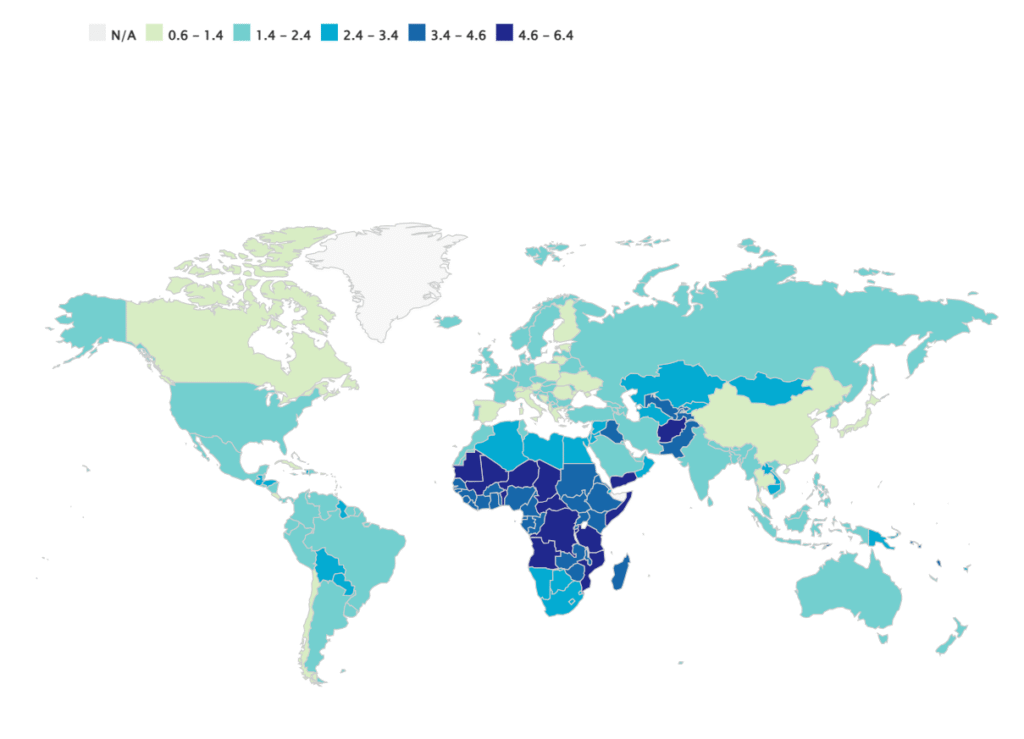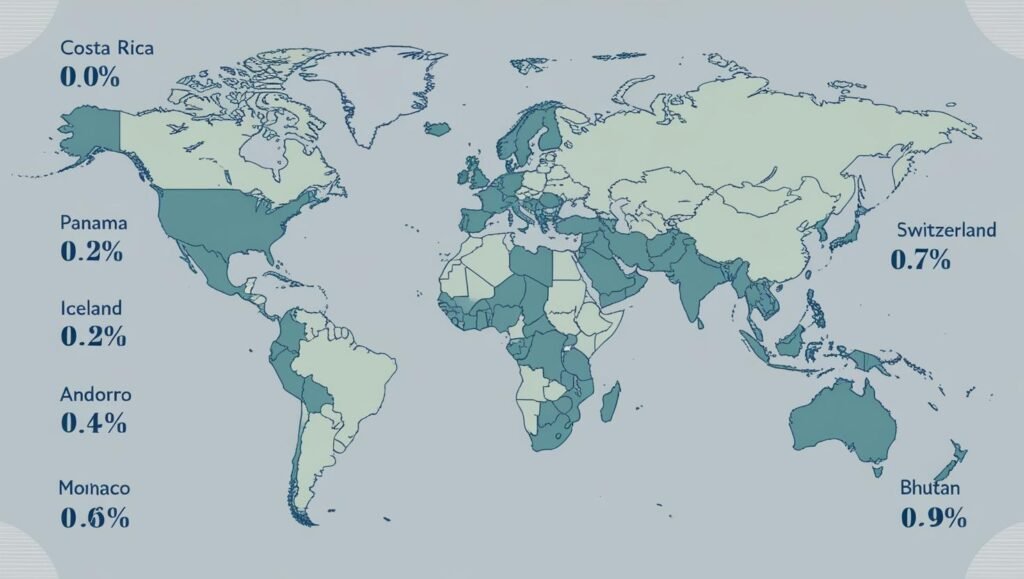In modern warfare, bullets and missiles are no longer the only weapons. There’s a quieter—but just as powerful—battle being fought every day.
It’s called narrative warfare, and it’s about winning hearts, minds, and headlines.
Let’s break it down.
What is Narrative Warfare?
Narrative warfare isn’t about what happened. It’s about what people believe happened.
It’s the strategic use of information, stories, and media to shape public opinion—both at home and abroad. Countries, organizations, and even individuals craft narratives that support their goals and discredit their opponents.
The idea?
“If we control the story, we control the outcome.”
Why It Matters More Than Ever
With the rise of social media and 24/7 global news, a story can go viral in seconds—even if it’s not true.
People tend to believe what they see first, not what’s accurate.
This means false claims, edited videos, or misleading headlines can shape global opinions before the real facts are even available.
A Real Example: The India-Pakistan Missile Clash
Recently, after a reported Indian missile strike on a Pakistani airbase, some Pakistani sources claimed they had destroyed multiple Indian missiles in defense. This story spread like wildfire, picked up by certain international outlets and even state-affiliated media like Global Times.
But here’s the issue:
No photos, satellite images, or independent proof were provided.
On the other hand, India’s side released satellite images clearly showing the damaged Pakistani airbase before and after the strike. Yet, this factual evidence didn’t spread nearly as widely as the dramatic claim made earlier.
Why?
Because drama spreads faster than data. And in narrative warfare, first impressions win attention—even if they lose in truth.
The Truth vs The Trending
Narrative warfare shows that being right isn’t always enough.
To win, you need to be:
- First
- Loud
- Visually strong
- And widely shared
Even the most accurate satellite photo means little if no one sees it—while a flashy lie, even with no proof, can travel the world.
So What’s the Solution?
- Invest in communication, not just defense.
- Debunk fast, with facts and visuals.
- Strengthen your voice globally, through allies and reliable media.
- Train citizens to spot misinformation—because in narrative warfare, even the people become part of the defense system.
Final Thought
In today’s world, truth needs good PR.
Winning the war on the ground is one thing. But winning the war of words—that’s what truly changes the global scoreboard.
Because sometimes, it’s not the strongest who win.
It’s the best storyteller.



